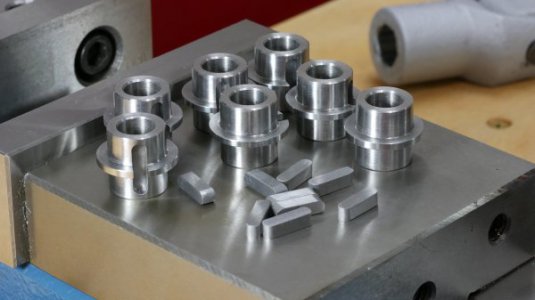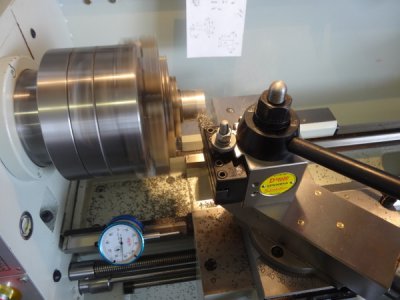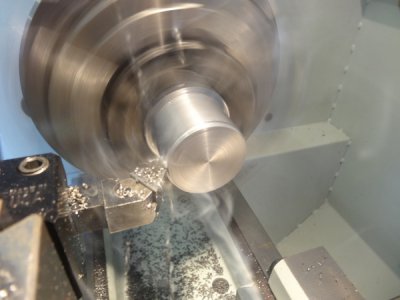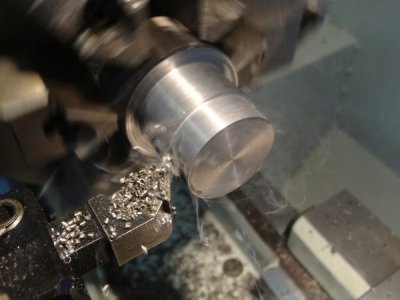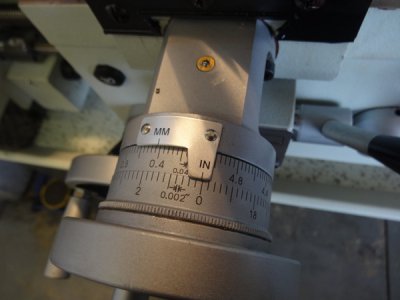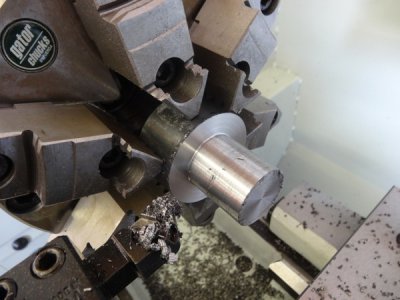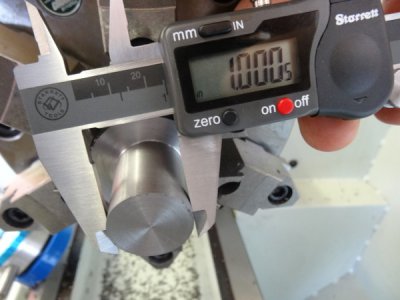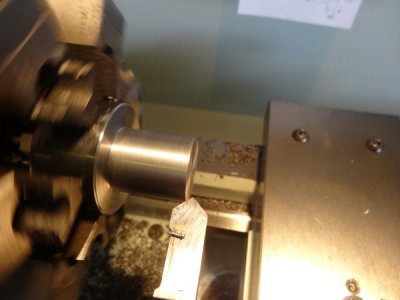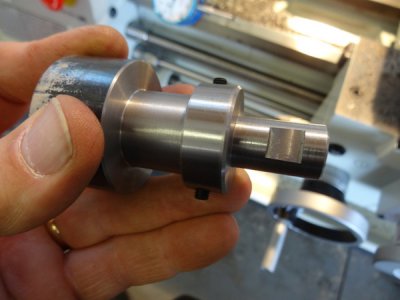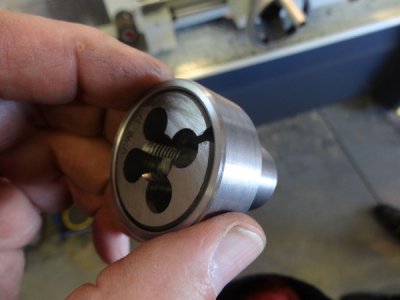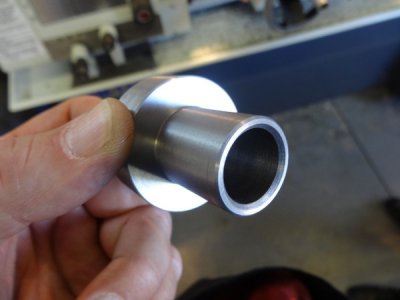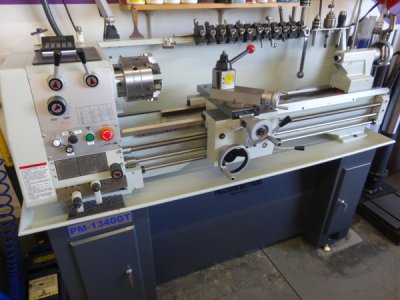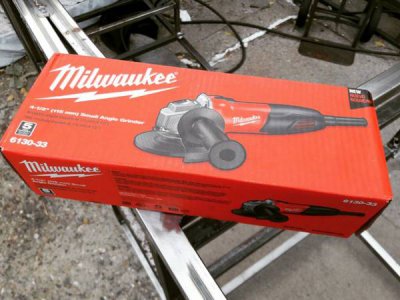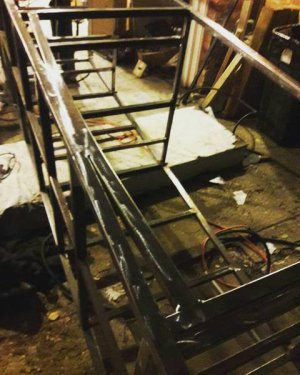- Joined
- Dec 22, 2015
- Messages
- 561
If you can drill through, then you could just hold it in the vice or clamped to the T-slot. Tap the first side, flip it over then use the drill bit to align for the other side.
Great idea and thanks. Why didn't I think of that ..... just trying to make things way too complicated I guess.
I don't believe that the keeper have to be exactly 180º apart. More critical is the distance from the hole center to the end face. I measured .258" or 6.55mm on my 602 back plate. You could mark that distance fairly accurately using the lathe. Set your compound up at 0º and with the ER40 chuck off, touch off on the face register of the spindle. Set your dial at zero and back the compound off .258" (if your lathe is like the Grizzly, reading inches from a metric screw, you will have to add .004" for the English/metric approximation). Back the cross feed off and install the ER chuck and lightly scribe marks on your chuck. To get the 180º spacing you can put two marks next to the teeth on the spindle gear, 20 teeth apart and tape a temporary index pointer on the headstock. Align the first tooth with the index mark and scribe a horizontal line with the tool mounted on the compound. Back off and rotate to the second tooth and scribe that line. You should now have your centers for the keeper holes.
Thanks for the information and approach. I roughly measured mine at 0.25 and was going to use that for the offset and not measure it accurately. But I like your method and will definitely use that to mark the offset. I'm also going to try using the spindle gear method of marking the 180's. This could be handy for future reference to use as a dividing method.
Learning something every time I come to this forum.



